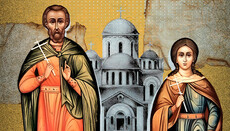Catacombs: the underground life of Christians yesterday and today
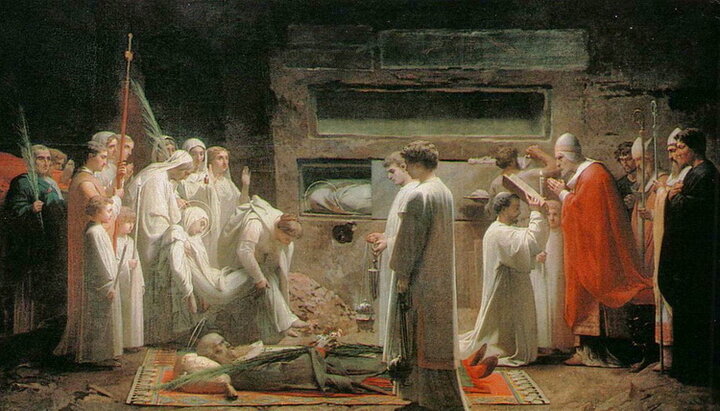
Many have heard of catacombs and the associated lives of first-century Christians. However, the history of the catacombs is not as simple as it seems at first glance.
Not only Christian but also Jewish and pagan traditions are associated with catacombs. People never lived in the catacombs but used them primarily for the burial of the dead. They were also built not everywhere, but only where geological conditions were fit. In addition to the famous catacombs of Rome, similar underground corridors were created on the islands of Sicily and Malta, as well as in Egypt, Tunisia, Gaul, Palestine, etc.
The most important thing is that it was in the catacombs that the formation of the Christian rite of burial, the liturgy, as well as the tradition of veneration of saints and the emergence of iconographic art emanate.
Christian anthropology and soteriology* played a crucial role in the construction and development of the catacombs. On the one hand, Christians treated the body as a creation of a good God, an integral part of human nature being "very good". On the other hand, the body dies only for a time, as it is destined for a future resurrection and meeting with the Savior during the Second Advent. Therefore, with the spread of Christianity, the tradition of cremation of bodies began to slowly disappear. There was a need to find places for burial.
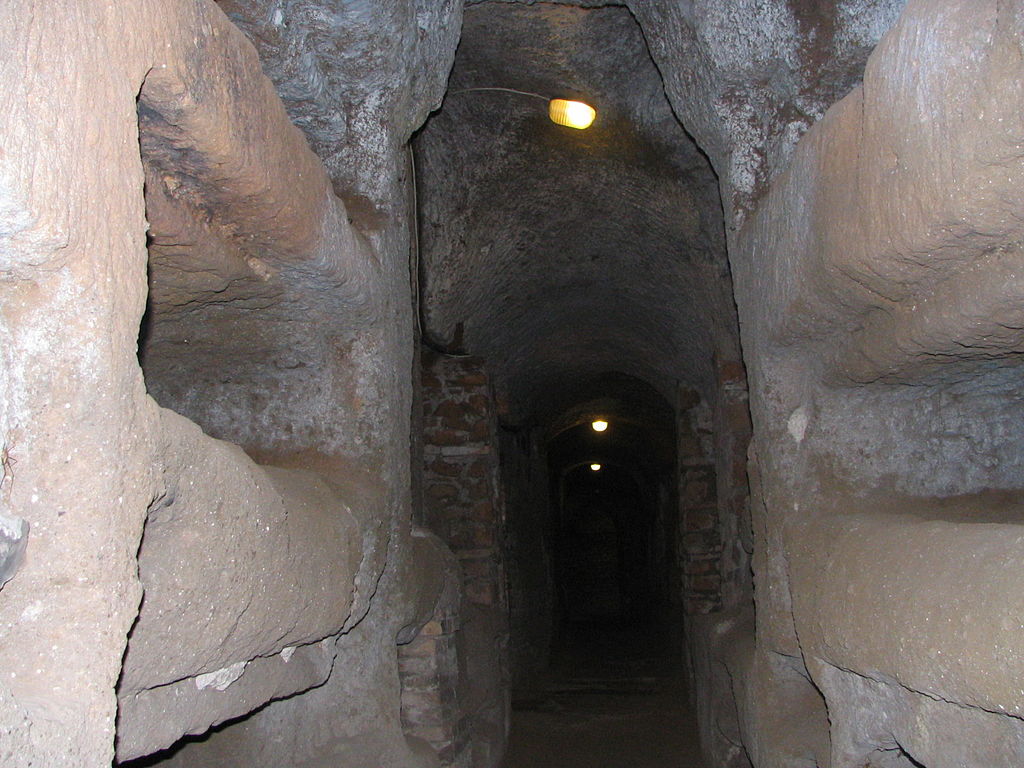
Initially, the catacombs were mixed (i.e. Christians, Jews, pagans, and Mithraists could be buried in the same catacomb), but gradually Christian communities began to buy their own plots of land for a separate Christian burial. Christians did not arrange the cemeteries common for us. This happened at the turn of the II-III centuries, when the most famous and largest catacombs of St. Callistus in Rome and St. Januarius in Naples appeared.
The Catacombs of St. Callistus (named after the Roman bishop who occupied the see from 217 to 222) are the first such tunnel-type structures. They were excavated on a site near the famous Appian Way near Rome. Along the perimeter of the land allotment, Christians created galleries and dug transverse passages between them, in which they made niches (locules) in several layers for burying bodies.
We have already noted that the catacombs were originally built and used not only by Christians, but by the end of the third century such Jewish and pagan structures are practically non-existent. There were still random mixed burial sites at that time, yet the ratio of Christian and pagan epitaphs in them was, respectively, 600: 1.
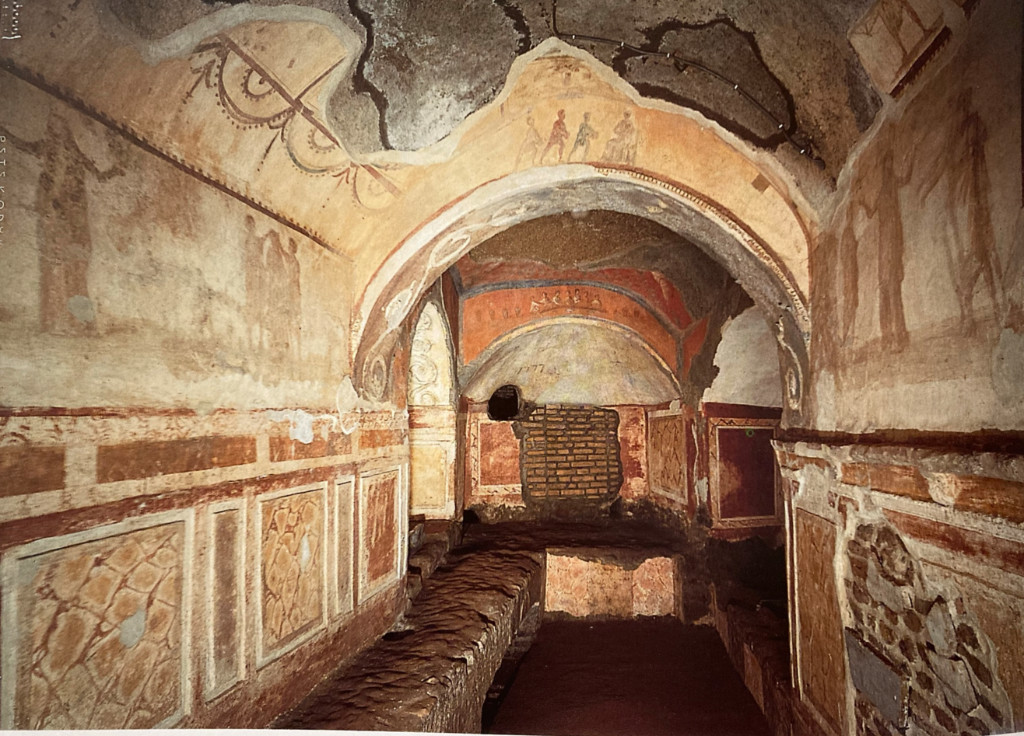
The issuance of the Edict of Milan (313) ushers in a rapid process of forming a tradition of veneration of martyrs. Pope Damasus forbade the construction of any structures above the catacombs, and temples were arranged in the catacombs at the burial places of the martyrs or on the ground near their burials. This period of time is also remarkable for extensions and various improvements of underground passages by means of construction of stairs, formation of ceiling arches and luminary facilities – special wells for the sunlight and fresh air to access caves. At the same time, many epitaphs were replaced by more extensive ones describing the actions of the martyrs and a poetic exposition.
The catacombs of Rome eventually stretched along country roads for five kilometers, changing even the suburban landscape. While there used to be private dachas and villas, now this area becomes socially significant. All this is due to the fact that in ancient times burials inside the city were forbidden. The only exceptions are the Egyptian catacombs, for example, there was no such ban in Alexandria.
The situation changed in the middle of the VI century, when, on the one hand, the population of cities decreased, and, accordingly, the need for large cemeteries fell. On the other hand, due to the danger of war, it was allowed to bury people inside the polis. However, this did not affect the attitude of Christians to the catacombs as holy places: the construction of temples and monasteries continued next to them, and an increasing number of pilgrims rushed to the relics of the martyrs.
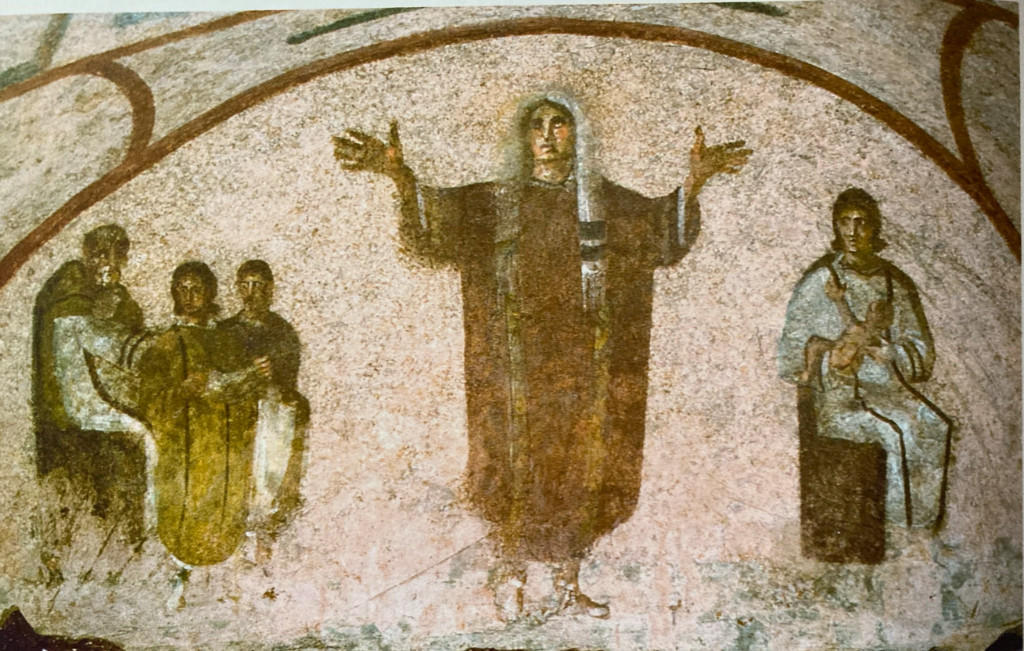
In the next seventh century, there emerged so-called itineraries – guides that indicate how and where to find a particular burial or catacomb church. At the same time, the decoration of the underground halls with paintings continues, and the last traces of the decoration of the catacombs are attributed by researchers to the end of the VIII - beginning of the IX century.
However, this era was a time of decline of the catacombs. As early as the 7th and 8th centuries, relics began to be transferred from dungeons to city temples. For example, under Pope Boniface IV (VII century) as many as thirty carts with relics were taken out of the catacombs, while under Paschalis I (IX century) – 2300 remains of martyrs. During the Middle Ages, some rare Christians still visited the catacombs until the interest of pilgrims had completely faded by the fourteenth century, and they were completely abandoned. A new surge of interest in the catacombs arises with the development of Christian archeology, viz. in the XV-XVI centuries.
Since we have mentioned that the catacombs were not only Christian, it is worth mentioning that their origin is connected with the so-called hypogeas – small burial chambers that were widespread in the Mediterranean long before the birth of Christ.
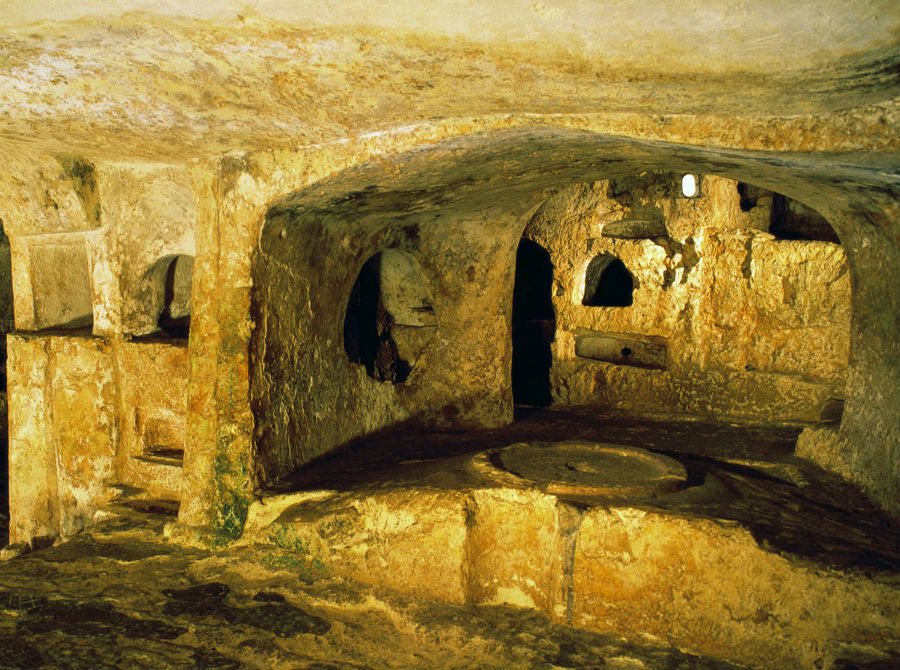
The arrangement of the catacombs depended on the quality of the rock. Rome, for example, stands on tuff – a light, porous rock formation, in this case of volcanic origin, which allows processing it without much physical effort. Some catacombs were widened by hypogees, some by abandoned quarries. Many were built from scratch by crashing into a hillside or flat rock.
As a rule, there was no plan for catacombs at the beginning of construction, and they expanded only as needed. Sometimes it was the construction of new corridors, and sometimes the deepening of the floor to form new rows of loci. For the most revered members of the community, cubicles were made – special polygonal rooms in which the bodies were placed in stone sarcophagi.
Interestingly, there existed a separate position for the construction of catacombs – a digger, which was considered highly respected. The digger’s duties included not only the construction of underground corridors and rooms, but also the responsibility for the sale of burial places, as well as the organization of the funeral process itself.
* * *
In conclusion, let me remind you that Christians did not live or hide in the catacombs: they were burial, prayer, worship, assembly places, but nothing more. Therefore, the notion of the "Catacomb Church" did not emerge until the twentieth century, the term being used nowadays by schismatic fanatics who dig cellars and drive their duped followers there, completely depriving them of a normal life. These actors have nothing to do with either real catacombs or real Christian life.
* Soteriology – the theological doctrine of human salvation.









